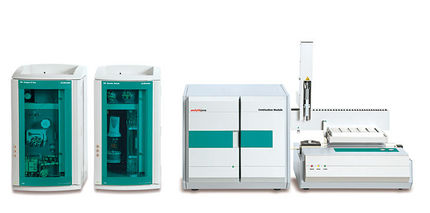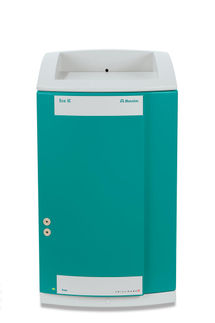To use all functions of this page, please activate cookies in your browser.
my.chemeurope.com
With an accout for my.chemeurope.com you can always see everything at a glance – and you can configure your own website and individual newsletter.
- My watch list
- My saved searches
- My saved topics
- My newsletter
Baker-Venkataraman rearrangementThe Baker-Venkataraman rearrangement is the chemical reaction of 2-acetoxyacetophenones with base to form 1,3-diketones.[1][2] Product highlightThis rearrangement reaction proceeds via enolate formation followed by acyl transfer. The Baker-Venkataraman rearrangement is often used to synthesize chromones and flavones.[3][4][5]
References
See also
|
| This article is licensed under the GNU Free Documentation License. It uses material from the Wikipedia article "Baker-Venkataraman_rearrangement". A list of authors is available in Wikipedia. |







